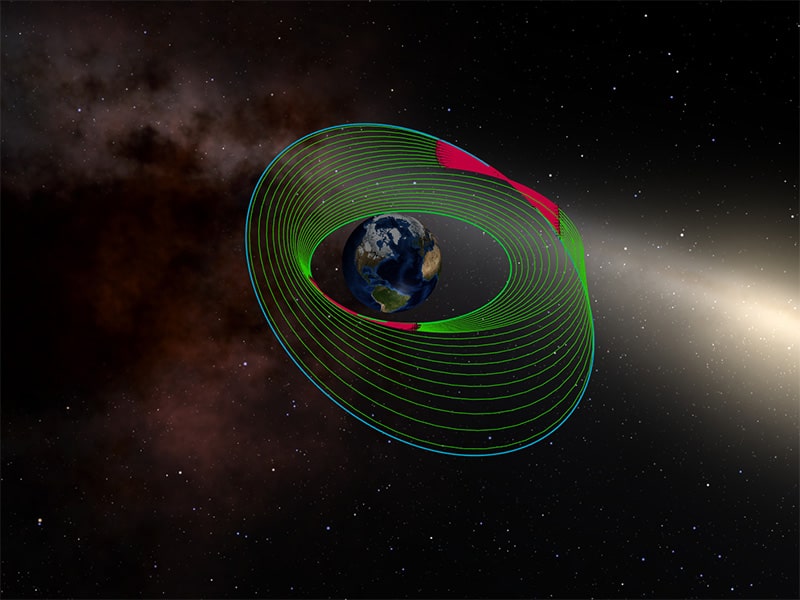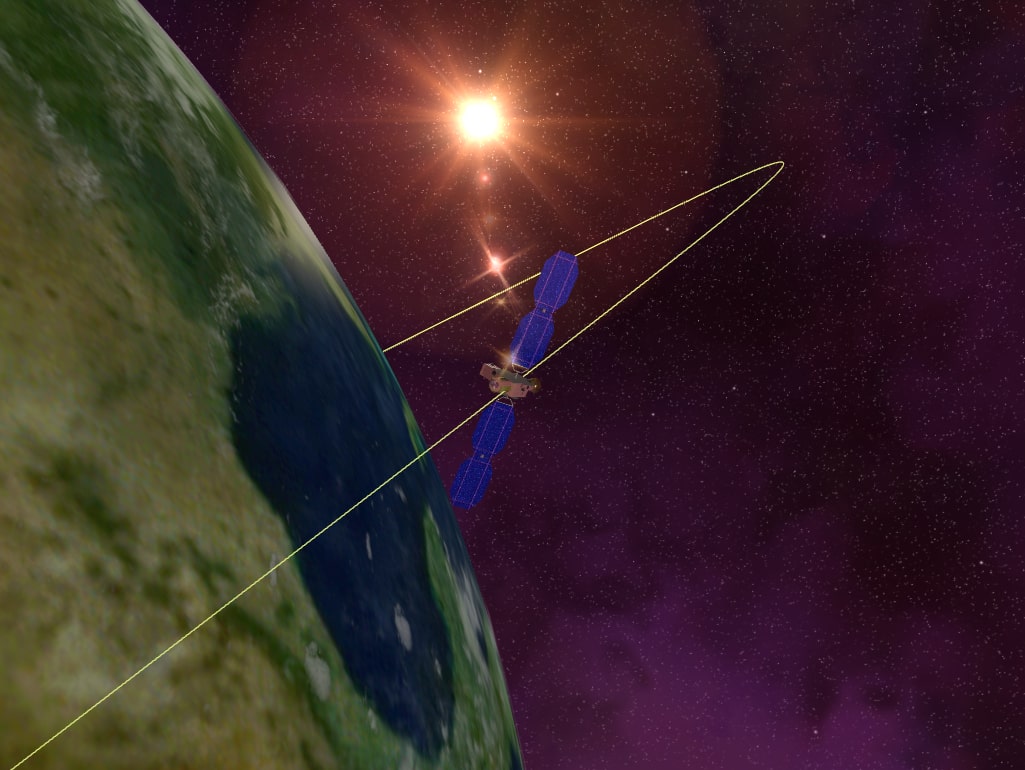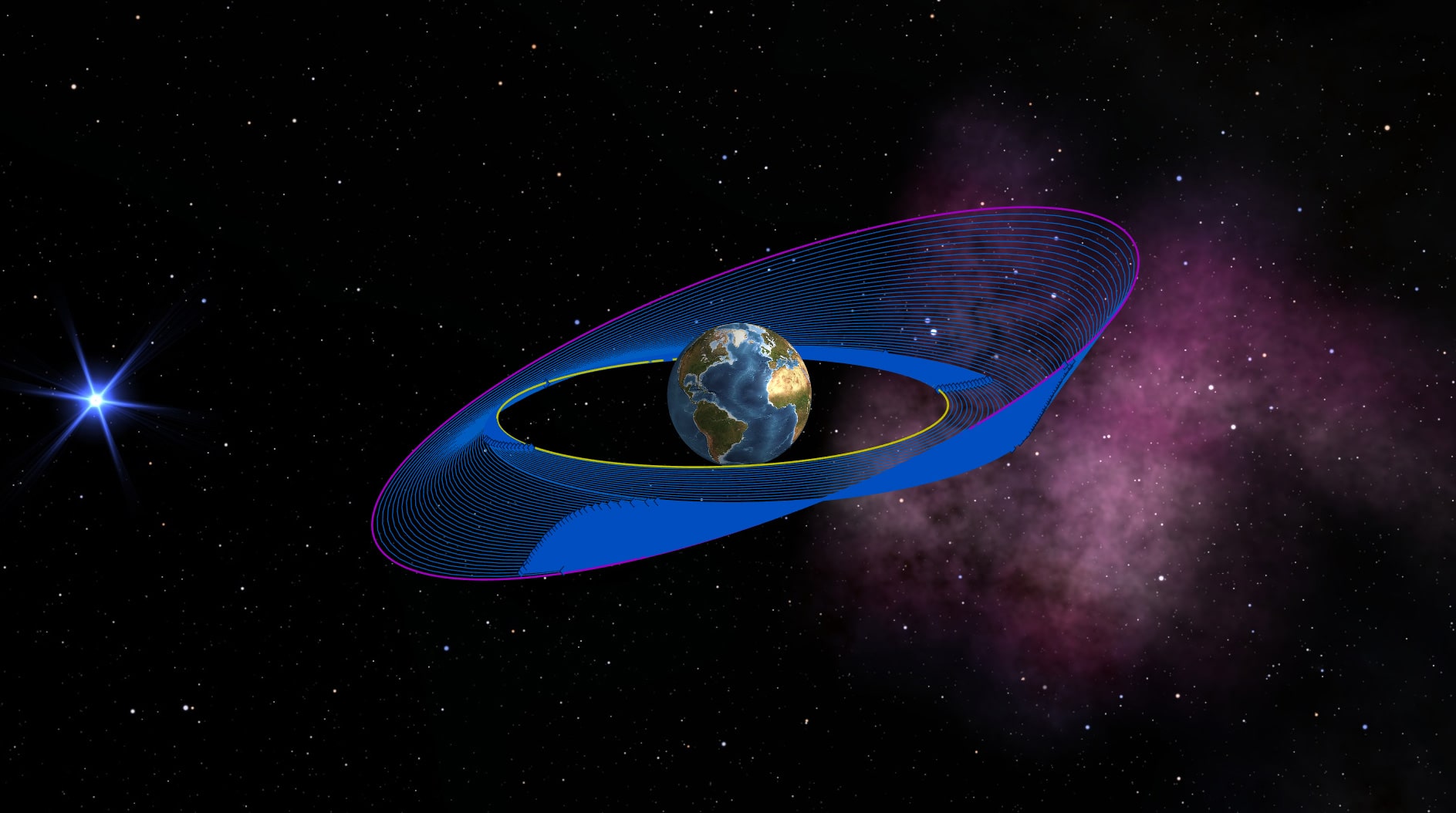
The exploration and utilization of outer space are integral to the efficient operation of contemporary societies. They contribute significantly to advancing scientific knowledge and technological innovation, addressing global challenges on Earth, and generating substantial commercial revenues. Historically, space endeavors have been dominated by economically powerful space-faring nations, a handful of major commercial enterprises, and minimal competition. However, in the last decade, there has been a notable increase in both private and public entities participating in space activities. Consequently, the space sector is undergoing profound changes, transitioning towards a more diverse and global ecosystem characterized by a mix of government and commercial initiatives, a wide array of contractors, and intense competition. Concurrently, there is a rise in proposals for missions of heightened sophistication, complexity, and scientific yield in the coming years. These envisioned projects encompass mega-constellations of small satellites encircling Earth, probes landing on the moons of distant planets, and the establishment of human settlements on Mars.
The Need for Efficient Design
In this context, a significant objective is to decrease the cost and time required to access and utilize space while maintaining quality and safety standards. This goal holds substantial potential benefits, not only in terms of economic gains for commercial space entities but also in facilitating or enabling future scientific missions currently hindered by budgetary or technological constraints. To achieve this aim, innovative mission designs and groundbreaking technologies have emerged as key tools. These include the development of new commercial launch systems, the proliferation of small satellites driven by miniaturized yet fully functional electronics, recent advancements in material sciences, and the adoption of distributed mission concepts, all of which will shape the global space sector in the coming decades. Furthermore, ambitious future projects will continue to leverage the high fuel efficiency offered by established electric propulsion systems. Likewise, the utilization of gravity-assisted maneuvers will persist as the primary method for reducing the cost of reaching distant targets within the Solar System.
Space Mission Design via Concurrent Engineering
Significantly, there's a notable shift occurring in space mission analysis and design activities towards more rapid and cost-effective processes rooted in concurrent engineering principles. Unlike traditional methods, concurrent engineering involves the simultaneous design of transfer trajectories, mission architecture (i.e., mission planning), and spacecraft subsystems. This approach is increasingly utilized in the preliminary design of space missions. During this initial phase, scientists and decision-makers focus on high-level trade-off analysis, exploring numerous options and evaluating them against various, often conflicting criteria. These analyses typically occur within a short timeframe and with limited resources and input data. However, the success of this early phase has been shown to substantially reduce the overall system life-cycle cost (by up to 80%) and increase the likelihood of a successful final design. Additionally, the Concurrent Design Facility at ESA claims to have significantly shortened the duration of the preliminary phase from months to weeks by implementing concurrent engineering practices. Consequently, there is a growing demand for multidisciplinary and automated software tools capable of providing real-time performance trade-offs among the available options.
Complexity of Low Thrust Space Transfers
Meeting the requirements of a space mission poses significant challenges, particularly in missions where the spacecraft must traverse from its injection orbit to its final destination using multiple gravity assists and/or electric propulsion. Mission designers must optimize the transfer trajectory, the control strategy for the electric engine, and/or the sequence of swing-bys to best achieve mission objectives while adhering to subsystem constraints and operational limitations. The chosen trajectory determines fuel usage and the timing of spacecraft operational readiness, profoundly impacting mission feasibility, cost, and potential returns. Consequently, optimizing low-thrust trajectories becomes a resource-intensive process, requiring considerable human and computational effort. Any advancements in automation, reduction of execution times, or enhancement of flexibility and robustness are highly sought-after to improve the capability to design more ambitious and cost-effective missions. It can be generally asserted that superior tools lead to superior missions.
Low Thrust vs High Thrust Transfers
Optimizing trajectories involving chemical propulsion is a well-documented challenge extensively explored in literature, with numerous research articles offering a representative but not exhaustive compilation of prior studies. Conversely, optimizing trajectories involving low-thrust maneuvers presents significantly greater challenges. It's important to note that the term 'low-thrust' encompasses a wide range of propulsion concepts, including electric propulsion, solar sail, and tether techniques. However, low-thrust propulsion often specifically refers to electric propulsion unless specified otherwise.

In chemical propulsion trajectory optimization, only a finite set of variables—such as the number, magnitude, and direction of impulses—need to be considered. In contrast, low-thrust optimization necessitates determining a continuous steering law throughout the entire transfer, while adhering to subsystem constraints and operational restrictions. The presence of highly nonlinear and nonconvex dynamics, space environment perturbations, and numerous local minima further complicates the optimization process. Mission designers may seek to determine the optimal number and sequence of gravity-assisted maneuvers or integrate mission design decision-making and satellite subsystem design into the solution, as dictated by concurrent engineering principles. Consequently, searches across expansive design spaces and solutions to intricate combinatorial problems are essential.
Low Thrust Transfer as a Hybrid Optimal Control Problem
Traditionally, the optimization of low-thrust trajectories has been mathematically framed as an Optimal Control Problem. This framework is suited for scenarios featuring continuous spacecraft dynamics and real variables and parameters. However, electric propulsion systems operate in two distinct discrete modes—thrusting and coasting—leading to a hybrid dynamical system model, where continuous and discrete dynamics interact. Continuous dynamics govern the trajectory during both thrusting and coasting phases of the electric engine, each phase representing a distinct operational condition and thus requiring a unique continuous dynamic description. Discrete dynamics account for discontinuous system behaviors, such as the on/off switching of the low-thrust engine or the impact of executing a gravity-assisted maneuver.
Moreover, aspects like mission planning and decision-making, which are pivotal in concurrent engineering, are typically characterized by discrete or integer variables. In this context, the problem can be addressed as a Hybrid Optimal Control Problem.
The Need for More Intelligent Trajectory Optimizers
The majority of current low-thrust trajectory optimizers tend to be intricate and challenging to integrate into the streamlined spacecraft system models employed in concurrent engineering. Additionally, many of these optimizers cannot accommodate mission planning or discrete optimization as components of the solution, primarily due to their reliance on gradient-based methods. There is a notable absence of low-thrust trajectory optimization tools capable of exploring multi-objective design spaces. Consequently, several critical areas can be identified as potential research gaps for future endeavors in this domain.

The exploration of alternative objectives represents an area requiring further attention within the space community. Traditionally, optimization efforts have focused on either minimizing propellant mass or reducing time-of-flight. However, mission designers may have additional interests, such as minimizing radiation exposure during passage through the Van Allen radiation belts to mitigate damage to solar panels, or minimizing time spent in eclipse. Furthermore, when incorporating spacecraft design considerations alongside trajectory optimization, other performance metrics, such as total spacecraft mass or target on-station mass, may need to be considered.
Decreasing computational time is consistently a crucial consideration. Among the existing tools for space trajectory optimization, only a handful possess the capability to autonomously determine the sequence of gravity assists for interplanetary missions considering multiple objectives, with minimal user intervention and offering medium fidelity solutions. However, computational durations vary from several hours to days. Consequently, there is a desire for faster evaluations, even if it means sacrificing some fidelity and optimality.
Expanding the functionality of preliminary design tools to incorporate mission constraints represents another crucial aspect. Low-thrust trajectory optimization tools, often employed for preliminary design due to their speed, such as those implementing predefined control laws, lack the capability to enforce critical mission constraints. This limitation could lead to trajectories that are ultimately infeasible. Therefore, advancing the integration of constraints into these tools, whether through a penalty function or a different predefined control law, will greatly improve success rates during the preliminary design phase.
Ultimately, enhancing the efficiency of exploring broader design spaces emerges as a critical necessity. In this context, the hybrid and heuristic tools presented exhibit effectiveness within a constrained combinatorial complexity of the problem. However, they prove inadequate for addressing challenges such as asteroid tours, debris-removal missions, or asteroid mining endeavors, where the number of available options reaches into the thousands. Enhancing the capability to navigate these expansive spaces would facilitate the realization of more ambitious low-thrust missions. One potential strategy involves developing dedicated heuristic algorithms specifically designed to optimize efficiently over extensive sequences of visited bodies, such as asteroids or debris, potentially incorporating artificial intelligence into the approach.



